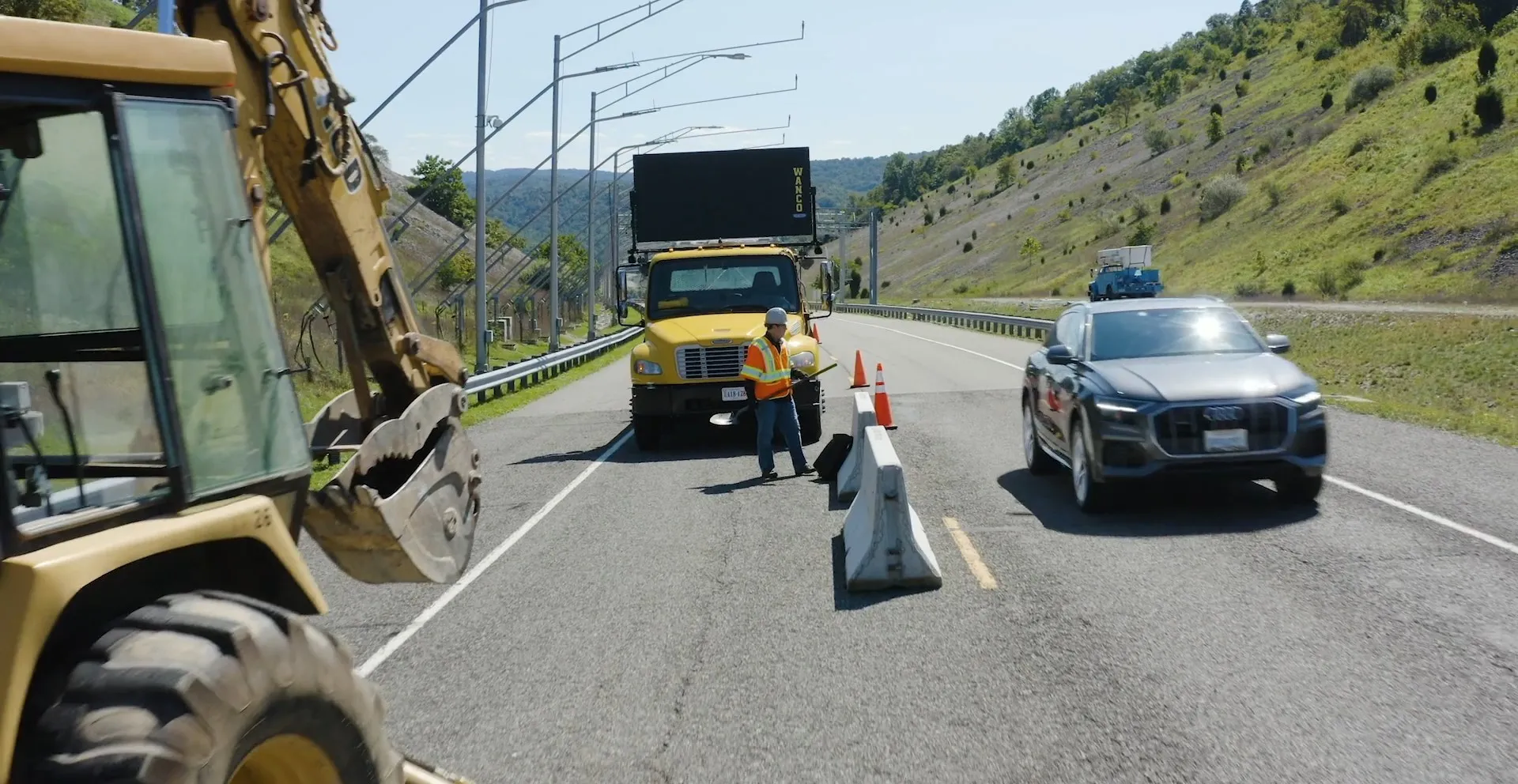Trials in Australia to determine the compatibility of the latest automated vehicle technologies with EastLink have been steadily progressing throughout this year.
The trials are being undertaken by EastLink in partnership with
With autonomous driving on EastLink and other suitable freeways expected within the next few years (subject to legislative changes), Eastlink says the trials have produced real results for freeway operators and vehicle manufacturers to facilitate the safe and early introduction of this capability on EastLink and other Victorian freeways.
EastLink trials have already been conducted with the latest Level.2 vehicles provided by the widest range of manufacturers for a trials program of this type, including
Vehicle manufacturers and freeway operators are now able to work on taking advantage of these opportunities to further improve the performance of the latest Level.2 automated vehicle technologies, which will pave the way for Level.3 hands-off-the-wheel driving on EastLink and other suitable freeways, subject to legislative changes.
With Level 3 autonomous driving on the way, Eastlink envisages that freeway operators will need to communicate directly to autonomous vehicles, for example to communicate a change in conditions or operating environment (e.g. emergency incident, congestion event, or lane/tunnel/bridge/freeway closure).
As part of the trials, connected vehicle transceivers are now being installed at three of EastLink’s tolling gantries, to create a section of road enabled for vehicle to vehicle and vehicle to infrastructure communications.
Initial testing has been focused on verifying the compatibility of connected vehicle communications (5.9 GHz) with the existing DSRC tolling tag communications (5.8 GHz).
The trials program will next conduct on-road tests of different message types using suitably equipped connected vehicles.
Eastlink trials of automated vehicle technologies ‘have delivered real results’
Trials in Australia to determine the compatibility of the latest automated vehicle technologies with EastLink have been steadily progressing throughout this year. The trials are being undertaken by EastLink in partnership with VicRoads, the Australian Road Research Board (ARRB), La Trobe University and RACV, with the assistance of major vehicle manufacturers. With autonomous driving on EastLink and other suitable freeways expected within the next few years (subject to legislative changes), Eastlink says the
August 23, 2017
Read time: 2 mins









